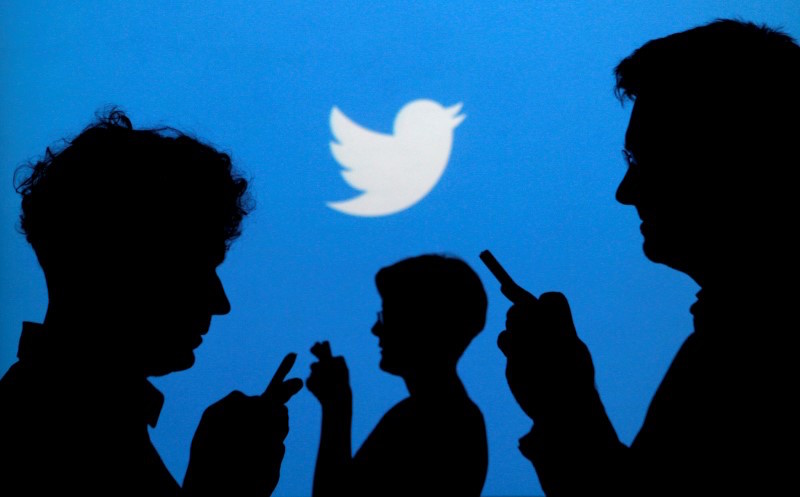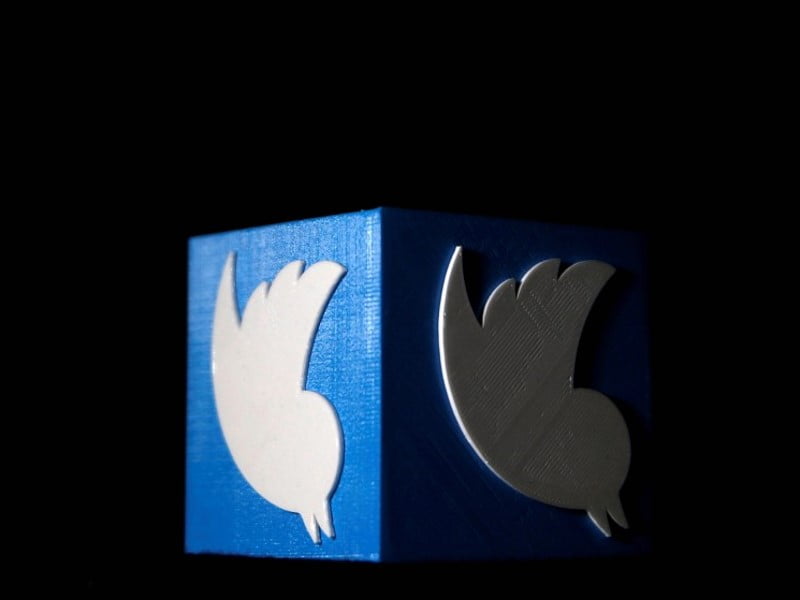
Since March 2015, Twitter has given verified users on some devices the option of using a “quality filter” to improve the tweets they see: It’s essentially an automated moderation tool, which hides tweets that are abusive, threatening or spammy.
As I wrote at the time, the tool works really well – I’ve used it continuously since then. Now, after almost a year and a half of testing, non-verified users also have access.
Twitter announced the rollout in a statement published to its corporate blog Thursday. Here’s how product manager Emil Leong explains how the filter works:
“When turned on, the filter can improve the quality of Tweets you see by using a variety of signals, such as account origin and behavior. Turning it on filters lower-quality content, like duplicate Tweets or content that appears to be automated, from your notifications and other parts of your Twitter experience. It does not filter content from people you follow or accounts you’ve recently interacted with – and depending on your preferences, you can turn it on or off in your notifications settings.”
And here’s what I found when I initially tested it:
“In pretty much every case, Twitter’s quality filter blocked the outrageously obscene and threatening tweets, while still allowing the merely critical and disagreeable in. It blocked, for instance, various one-word expletives, comments on my appearance, all tweets (offensive and not) from my obvious troll accounts, spammy messages from some guy who tweets me the same thing all the time, and my co-worker’s promise to “kill you” (me). It did not, however, block more benign criticisms of my work, or the words “rape” or “kill” used in a news setting.
“In other words, the quality filter – like the thing protecting your inbox from spam – is pretty sophisticated; it’s not perfect, and it’s not a cure-all, but it does more than just skim out tweets with swear words.”
The rollout of the quality filter won’t please everyone, of course – most notably the people it tends to silence. There have already been several high-profile controversies this year involving tweets that seemed to “disappear” from the site.
It also remains to be seen if this will resolve Twitter’s harassment issues, which seem to grow more compromising by the day. On Aug. 11, BuzzFeed published a lengthy history of Twitter’s battle against harassment and abuse, ultimately concluding that the social network had never internally prioritized ordinary users. Twitter later called the piece “unfair” but acknowledged that the site still had “a lot of work to do.”
© 2016 The Washington Post
Share a screenshot and win Samsung smartphones worth Rs. 90,000 by participating in the #BrowseFaster contest.
[“Source-Gadgets”]













